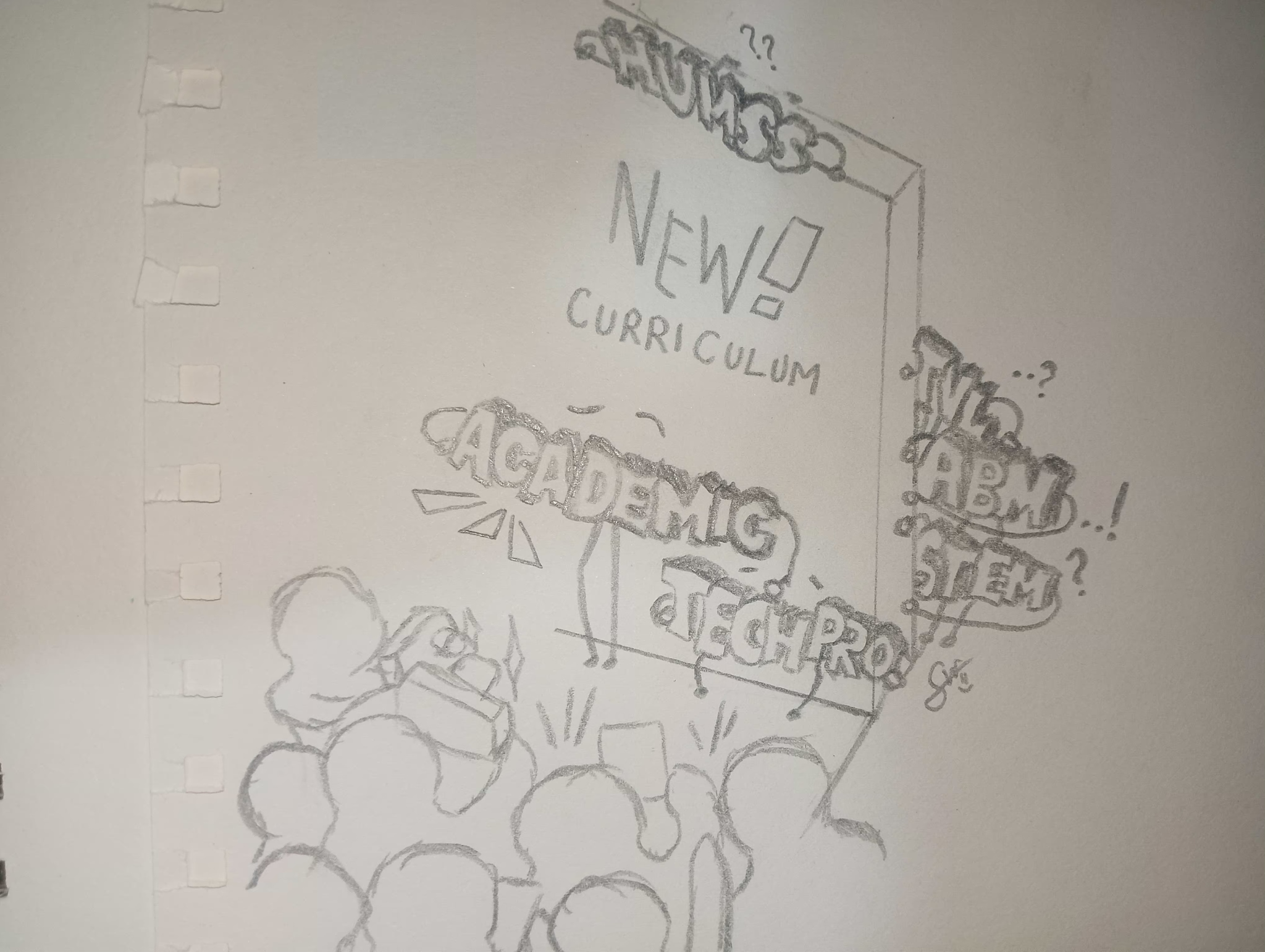

This school year, the Department of Education has launched a “strengthened” Senior High School (SHS) curriculum in hundreds of pilot schools across the country. The idea is bold: fewer core subjects, more work immersion, and broader electives that break away from the old strand-based system. On paper, it sounds like progress. But on the ground, for many students and teachers, the transition feels rushed, unclear, and painfully unsupported
One of the biggest issues is the removal of the strands. Under the K-12 program, students chose strands such as STEM, HUMSS, ABM, and TVL to focus their studies based on their interests and future careers. It was a system that allowed specialization and direction. Now, with the strands essentially dissolved into two umbrella “tracks” (Academic and TechPro), students are left confused about where they fit in and how their chosen subjects align with their goals
This isn’t just a branding issue, it affects real academic planning. Imagine a student who wants to pursue engineering, but is now placed in a generalized academic track where core STEM subjects are optional, not guaranteed. Or a HUMSS student who no longer has a strand-based identity to follow, with electives scattered and unclear. Students are expected to “customize” their learning paths—but how, when information is limited, and guidance is inconsistent?
There’s also the human side of change: adjustment. Change, no matter how well-intentioned, takes time, planning, and preparation. But many students and teachers feel like they were thrown into the deep end without a life jacket. The curriculum wasn’t gradually introduced; it was piloted with limited consultation and left many communities scrambling to understand what was happening.
We must also ask: Was there even a clear problem with the strand system that justified its removal? Or are we overhauling for the sake of appearing modern, without really addressing the deeper, structural issues in our education system like underfunding, lack of teacher training, and poor facilities?
The goal of the new SHS curriculum may be to produce more employable, adaptable graduates. But if students are confused, unprepared, and unsupported, we risk doing the opposite: sending them into the world less confident, more overwhelmed, and unclear about their own paths.
We’re not against reform. But real reform isn’t just about changing subjects on paper. It’s about listening to the people who will actually live through it, students, teachers, and school communities. It’s about fixing what’s broken before replacing what works.
Until we do that, this “strengthened” curriculum might only succeed in weakening the very system it aims to improve.
Lets get in touch and talk about your next project.